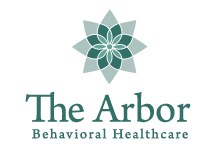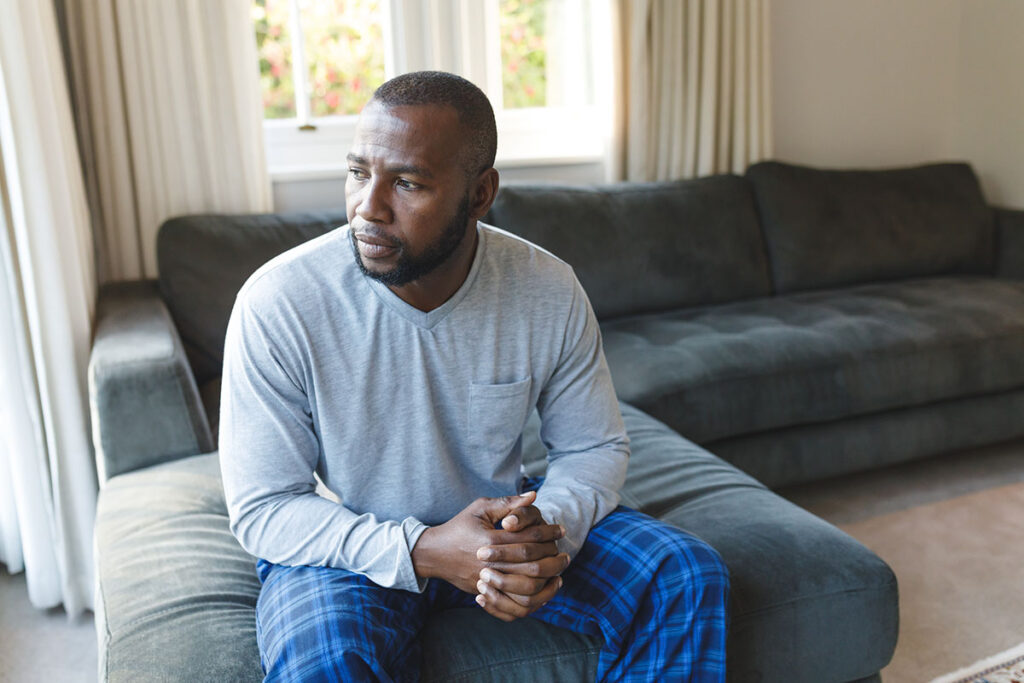People sometimes use the words opiates and opioids interchangeably. There are, however, differences when talking about opiate vs. opioid. They both come from the opium poppy plant and both affect a user’s central nervous system. However, it’s how the drug’s end product is produced that differs. Opiates are actually a type of opioid. Opioids can come in prescription form and are available illegally on the street. The use of opioids has risen so greatly in recent years that it has become an epidemic. Trust the guidance of a professional treatment center to get help for yourself or a loved one who is struggling with a substance use disorder. To learn more about the definition of opiates and opioids and substance abuse treatment programs, contact The Arbor today at 844.413.2690.
The Difference Between Opiates vs. Opioids
Papaver somniferum, or the opium poppy plant, is the common denominator in both opiates and opioids. Both opiates and opioids target receptors in the brain—known as opioid receptors—that are connected to one’s central nervous system. Opiates are a type of opioid that is made from only the natural ingredients of the opium plant. The broader term of opioid refers to drugs that come from either the poppy plant or are synthetically produced in a lab to replicate plant-based opium. An opioid can also be a combination of natural and synthetic ingredients.
No matter what kind of opioid, the drugs are all highly addictive. Some of the synthetically produced versions of the drugs can be even more dangerous because of the potency they are designed to deliver. These drugs include fentanyl and carfentanil.
Examples of opiates include:
- Morphine
- Opium
- Heroin
- Codeine
Examples of opioids include:
- Fentanyl
- Oxycodone
- Carfentanil
- Methadone
- Meperidine
- Buprenorphine
What’s important to note is that no matter the similarities or differences between opiate and opioid drugs, they can all be extremely dangerous and are all highly addictive.
Substance Use Disorder Treatment for Opiate and Opioid Abuse
Once addiction has set in, trying to stop using a drug on your own can be very difficult and, in some cases, dangerous. Cravings can get the best of you and avoiding triggers is nearly impossible without knowing the right coping methods. Removing a drug from one’s system and going through withdrawal is a crucial part of treatment and recovery, but comes with a whole host of symptoms that are not easy to manage without professional treatment and supervision. In fact, the success rate of going through withdrawal at home without help is extremely low.
Substance use disorder treatment for opiate or opioid use can include:
- Dual diagnosis treatment for co-occurring mental health and substance use disorders
- Gender-specific treatment
- Aftercare and 12-step programs
- Sober living
- Behavioral therapies like cognitive-behavioral therapy (CBT) and eye movement desensitization and reprocessing (EMDR)
- Individual, group, and family therapy
- Experiential therapies like yoga, art, and equine therapy
The Arbor offers a variety of programs and treatment approaches to help those with an addiction to opiates and opioids. Residential and outpatient treatment programs are available, depending on the severity of the addiction.
Start Substance Abuse Treatment Programs at The Arbor
Education and awareness are the first steps to understanding what addiction looks like, and getting someone you care about the help that they need. Enrolling in a professional treatment program ensures that a personalized and customized plan will center around treating a person’s unique needs. The Arbor’s campus in Austin, Texas offers an opioid rehab program that encompasses a variety of evidence-based, behavioral, and experiential therapies.
Substance abuse treatment programs can help those struggling to find the path to recovery from opioid misuse. Reach out to a team member today to learn more about how to get help for yourself or a loved one. Call 844.413.2690 today or use our convenient online contact form.


